Search
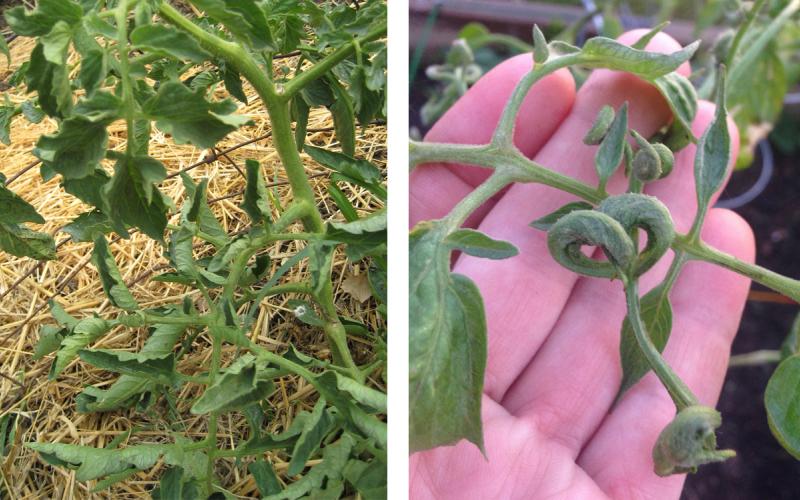
Why Are My Tomato Leaves Curled Up?
Rolled up leaves on tomatoes are a common occurrence in South Dakota. From physiological responses to the environment to damaging herbicide exposure, learn about some of the common causes behind rolled tomato leaves.
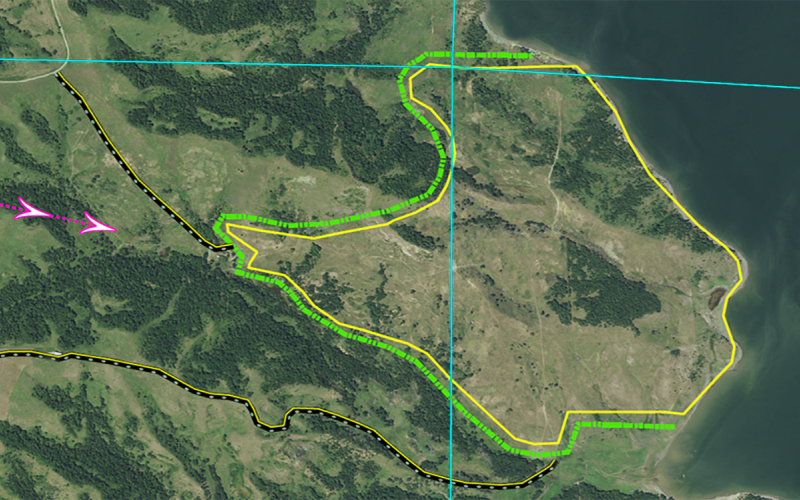
Utilize Targeted Grazing for Firebreaks
Targeted grazing incorporated into an overall rotational grazing plan can be an excellent strategy to reduce an area's available fuel load and create a soft, or green, firebreak.
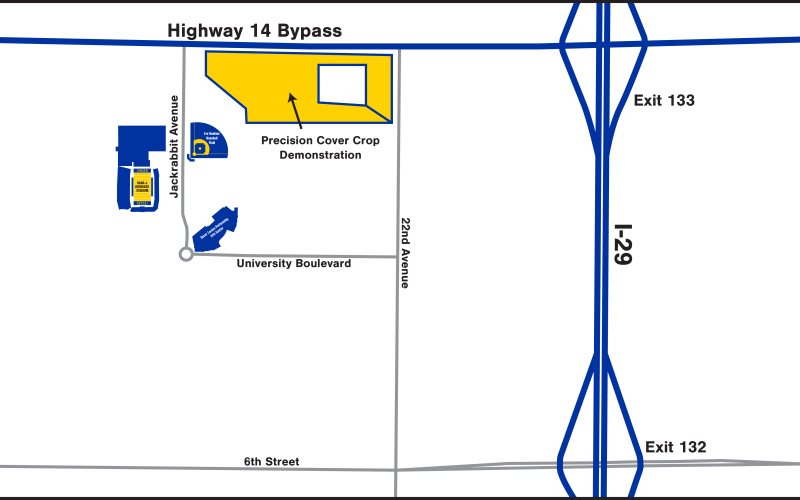
SDSU Extension to co-host Precision Cover Crop Demonstration Day on July 20
July 14, 2023
South Dakota State University Extension and the United States Department of Agriculture Natural Resources Conservation Service will host a Precision Cover Crop Demonstration Day starting at 9 a.m. on July 20, 2023, near Brookings.
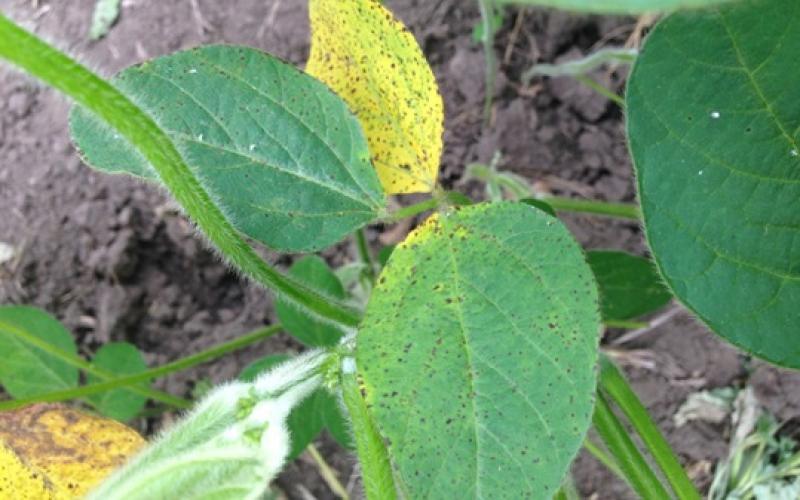
Soybean Diseases Update
A few soybean fields scouted had between low to moderate levels of brown spot (also known as Septoria leaf spot). Soybean planted into soybean stubble had elevated levels of brown spot.
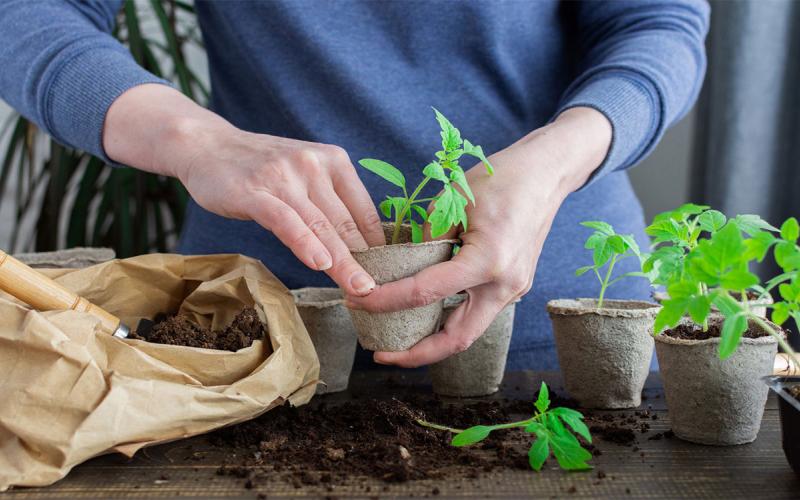
Winter Garden Education Opportunities To Cultivate Your Curiosity
Anxious to get your garden off to a good start this spring? Explore some resources and learning opportunities to grow your gardening knowledge this winter!
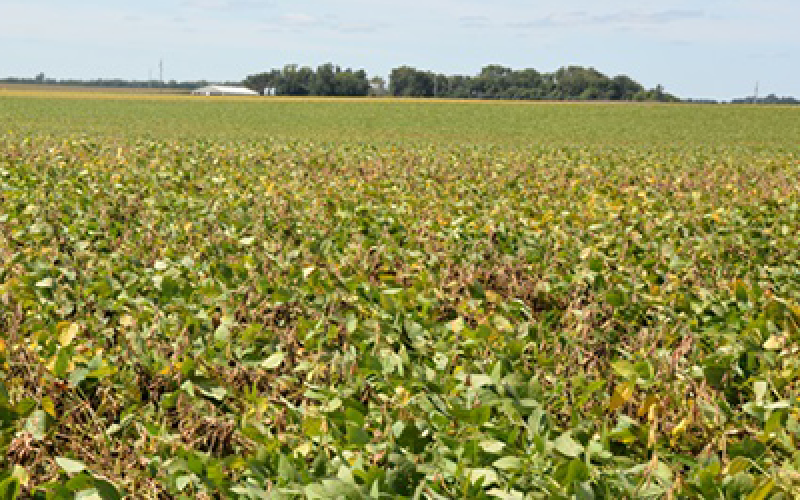
Late-Season Soybean Diseases: Know what’s killing your soybeans
Late-season soybean diseases can sometimes be mistaken for natural senescence. A closer look at the stems and roots of dying plants and the pattern displayed by dead plants in the field may reveal root or stem rots going on. In order to devise effective management practices for future soybean seasons, it is important to determine the cause of early soybean plants death.
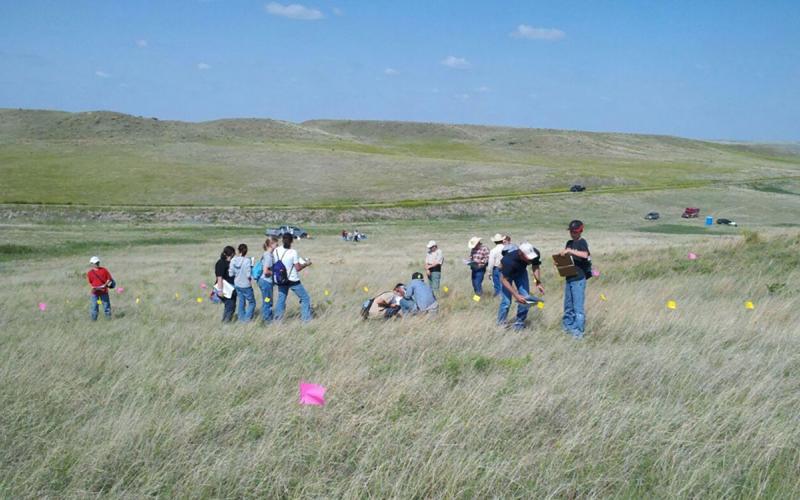
38th Annual Rangeland and 17th Annual Soils Days Set for June 14 and 15 in Murdo
March 28, 2022
Rangeland and Soils Days offer a unique opportunity for youth and adults alike to learn more about South Dakota’s natural resources.
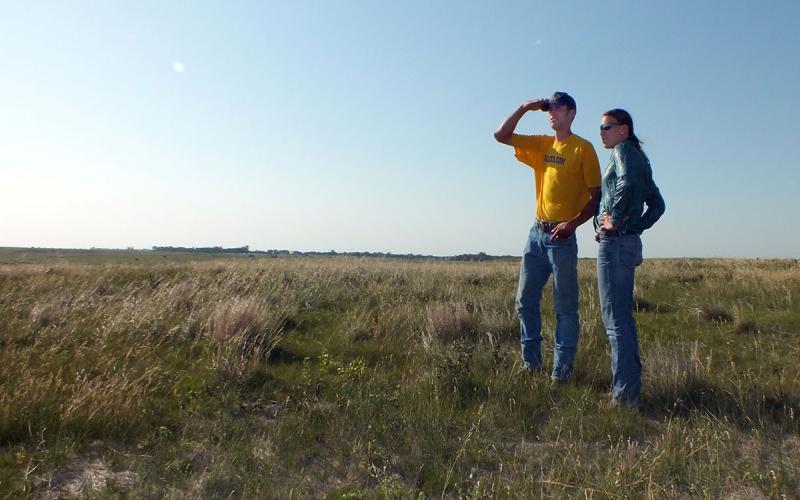
Five Range Management Principles: #1 Adaptive Management
Adaptive management is a process that livestock producers can incorporate into their operation to increase operation flexibility and adjust to changing conditions.
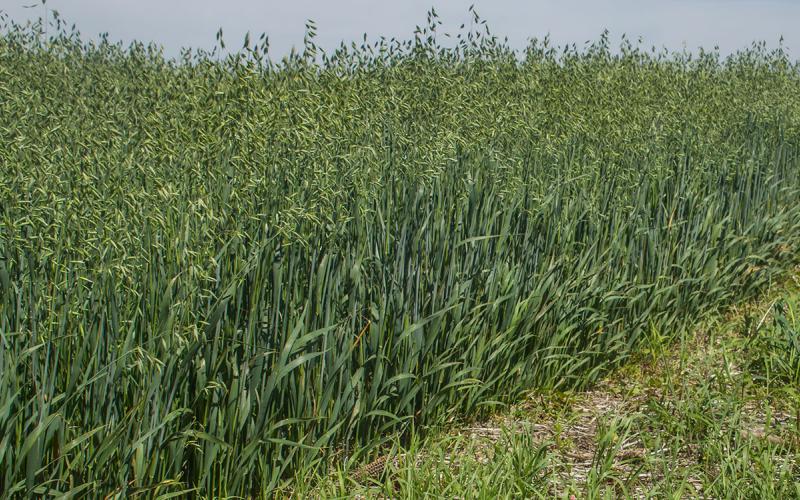
Planting Considerations for Oats in South Dakota
South Dakota is a leading oat producer in the United States. Learn some important oat planting tips, including timing, variety selection, seeding rate and fertilizer management.

New Multi-State Extension Publication: Managing Insecticide-Resistant Soybean Aphids
The first pyrethroid resistant soybean aphids were reported in Minnesota in 2015. Since then, pyrethroid resistant soybean aphids have been reported in Iowa, North Dakota, and South Dakota. In an effort to address resistance, researchers from those states have put together a new extension publication.